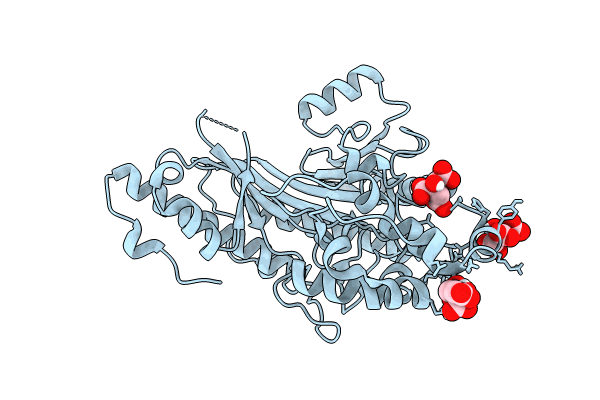
Deposition Date
2023-02-08
Release Date
2023-12-13
Last Version Date
2024-02-21
Entry Detail
PDB ID:
8CI4
Keywords:
Title:
Crystal structure of doubly S-methanethiolated rabbit M-type creatine kinase
Biological Source:
Source Organism:
Oryctolagus cuniculus (Taxon ID: 9986)
Host Organism:
Method Details:
Experimental Method:
Resolution:
2.01 Å
R-Value Free:
0.22
R-Value Work:
0.20
R-Value Observed:
0.20
Space Group:
I 4 2 2


